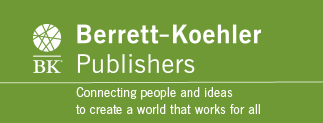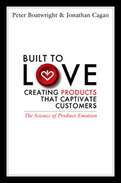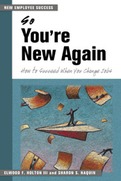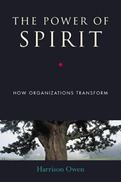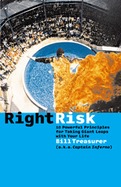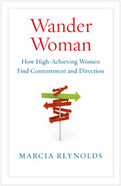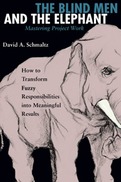2010
-
Offers data-driven proof that products and services appealing to customers emotional needs outsell the competition
-
Provides a clear method and set of tools to enable companies to develop high emotion products and services
-
Includes case examples from a wide variety of industries
Emotion is the single greatest lever in building enduring relationships with customersits what makes them not just purchase a product or service, but get excited about it. Leading companies do more than produce things that work better. They address their customers emotional needsthey make them feel better. But this isnt something you can add on after the fact. Your products and services must be built to love from the very start. This book shows you how.
Peter Boatwright and Jonathan Cagan have worked on product and brand strategy with market leaders like Apple, Whirlpool, International Truck, PG&E, and many others. Theyve found that to really connect with customers emotions must be generated by the product itself, not simply tacked on through advertising. And they prove the bottom-line value of product-driven emotion by analyzing the stock performance of companies that sell high-emotion products and through data that show people are willing to pay more for products with emotionally-rich features.
After showing that authentic product emotion really does pay off, they move on to howhow emotion can be broken down into its core building blocks, how it is then used to develop new products and services, and how product touchpoints in particular visual touchpoints deliver those emotions. Engaging case studies from a variety of industries will help you understand how to integrate emotion into your products and services, regardless of the nature of your business.
Emotion is fundamental to all that is human, including the products we enjoy. Built to Love will help you gain loyal, even fanatical customers by going beyond mere efficiency and speaking to their deepest needs and wants.
2005
How to Succeed When You Change Jobs Part Three of a three-part series of a series of practical guidebooks on work transitions. These new books guide new hires-and their managers-step by step through the "breaking-in" process that is absolutely essential for helping new employees thrive. It is relatively easy to get new hires to be competent to perform the basic tasks they were hired to do. But success on the job is due to much more than that. It comes from understanding how the organization really works-the unique aspects of how things get done in that particular organization. And it comes from learning how to "fit in"-knowing how to get accepted, get respected, and earn credibility.
The three books in the series are:
How to Succeed in Your First Job: Tips for New College Graduates
Helping Your New Employee Succeed: Tips for Managers of New College Graduates
So, You're New Again: How to Succeed When You Change Jobs
Built around author Ed Holton's dynamic 12-step process-extensively field-tested and firmly grounded in research-these three volumes give new college graduates and their supervisors, as well as seasoned professionals who've changed jobs, essential insights and tools for mastering a variety of transition challenges.
Given the high costs associated with new employee turnover, no organization can afford to leave the new employee assimilation process to chance. Corporate human resources directors, managers of new employees, individual employees making job transitions, and career counselors alike will find powerful and practical new ideas and tools in these essential handbooks.
- Help new hires, whether just out of college or in a mid-career job change, understand and adapt to the culture of an organization-the real key to long-term success
- Uses a dynamic, field-tested, easy-to-follow 12-step process
2000
-
From renowned consultant Harrison Owen, the originator of Open Space Technology
-
A new addition to Harrison Owen's Open Space book series
-
Offers practical guidance on how to put theories of self-organization to work
2003
• Offers ten principles for taking intelligent risks
• While most books on the subject of risk urge people to avoid risk, Right Risk teaches readers how to risk wisely-how to take that risk they've always wanted to take
• Draws lessons from the extreme edge of risk. The author performed over 300 dives as the high-octane superhero "Captain Inferno"-while on fire!
2010
- Presents a set of simple, proven techniques that all can use to increase their projects' coherence and overcome common project difficulties
- Adds the ingredient most often absent from discussions of project work-you and what you can do to influence your own experience
- The Blind Men and the Elephant is a powerful metaphor for understanding project management
